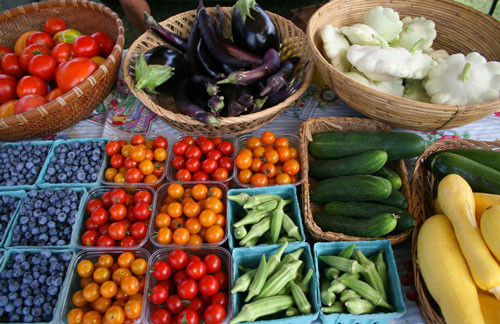
As spring arrives and we begin stopping by our farmers’ markets and roadside stands for the early local harvest, it’s a good time to revisit how community engagement is both limiting and expanding efforts to build stronger regional food systems. I will focus on an obvious – but all too often missing – link in engagement efforts: local farmers.
There’s a lot of information out there about how to engage the community in farm and food initiatives, even on my own organization’s web site: best practices for supporting farmers’ markets, the impact of CSA (community-supported agriculture) purchases, strategies for involving youth in the local agriculture arena, and building strong networks of diverse stakeholders. These efforts have raised the level of awareness about local food in many useful and relevant ways, increasing our communities’ participation in and understanding of the importance of regional agriculture.
But there’s one thing that we hardly ever see, and that’s the flipside of the local food movement’s engagement strategies: how do we make sure that the farmers who actually grow the food are being heard in these discussions?